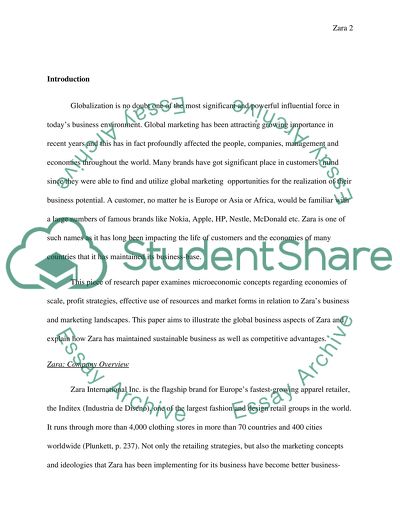Cite this document
(“The spanish company ZARA, is an example of globalization;how and why Essay”, n.d.)
Retrieved from https://studentshare.org/macro-microeconomics/1580372-the-spanish-company-zara-is-an-example-of-globalizationhow-and-why
Retrieved from https://studentshare.org/macro-microeconomics/1580372-the-spanish-company-zara-is-an-example-of-globalizationhow-and-why
(The Spanish Company ZARA, Is an Example of globalization;How and Why Essay)
https://studentshare.org/macro-microeconomics/1580372-the-spanish-company-zara-is-an-example-of-globalizationhow-and-why.
https://studentshare.org/macro-microeconomics/1580372-the-spanish-company-zara-is-an-example-of-globalizationhow-and-why.
“The Spanish Company ZARA, Is an Example of globalization;How and Why Essay”, n.d. https://studentshare.org/macro-microeconomics/1580372-the-spanish-company-zara-is-an-example-of-globalizationhow-and-why.


